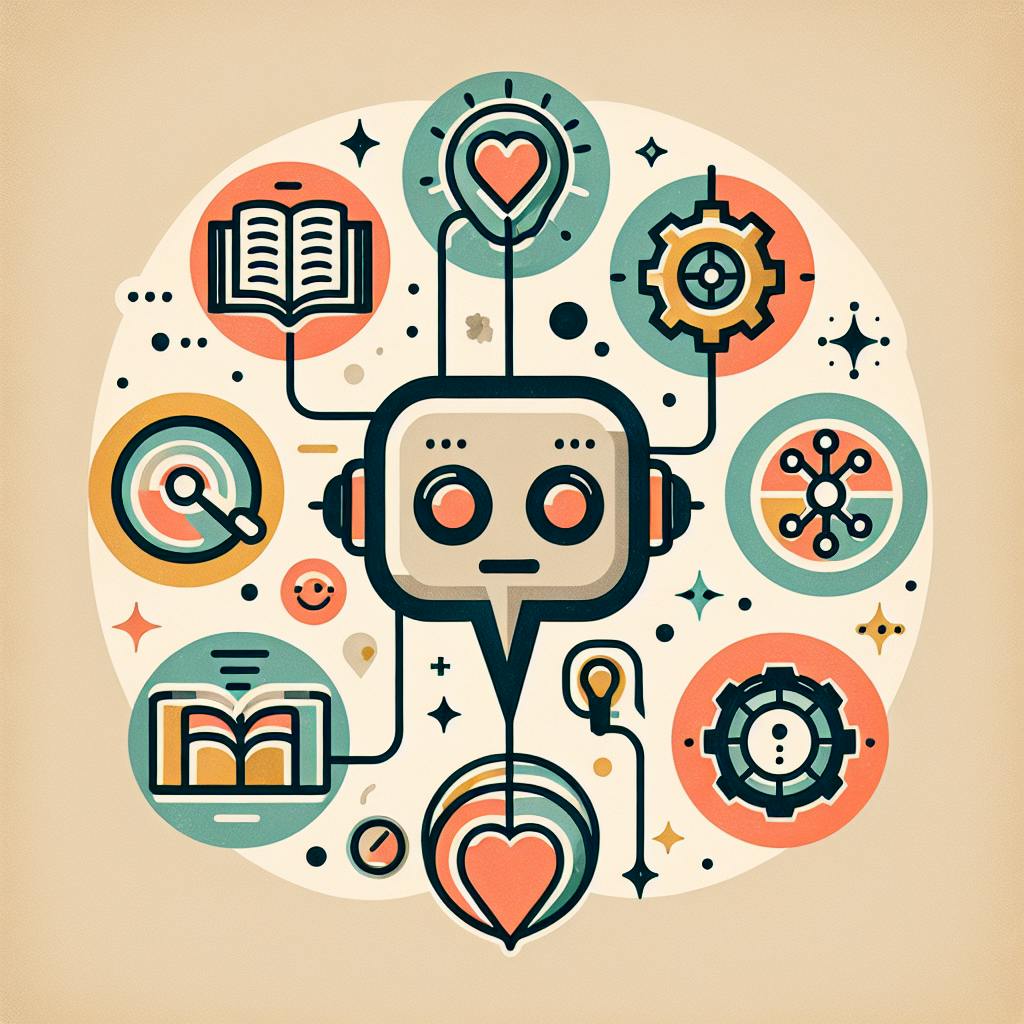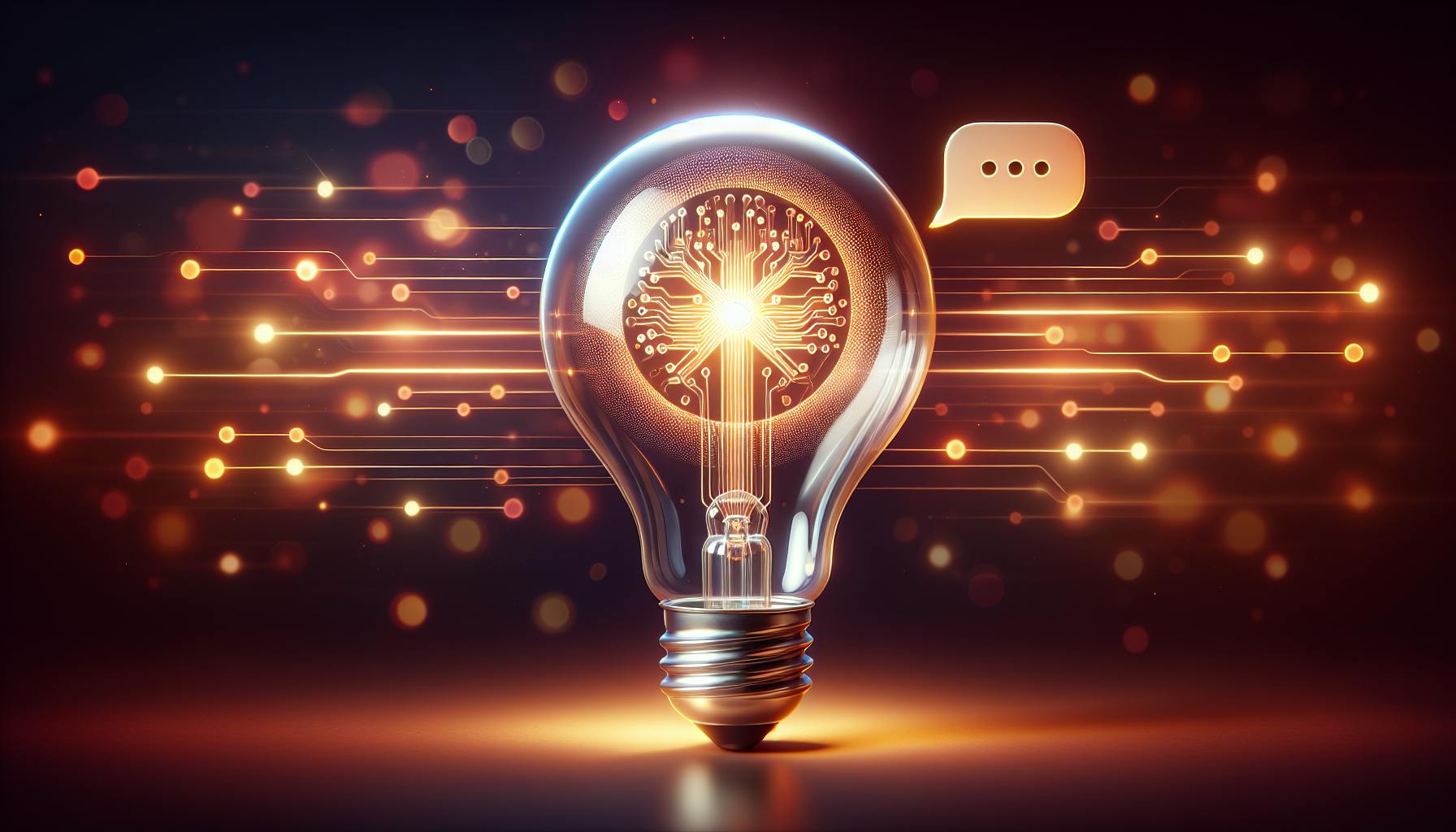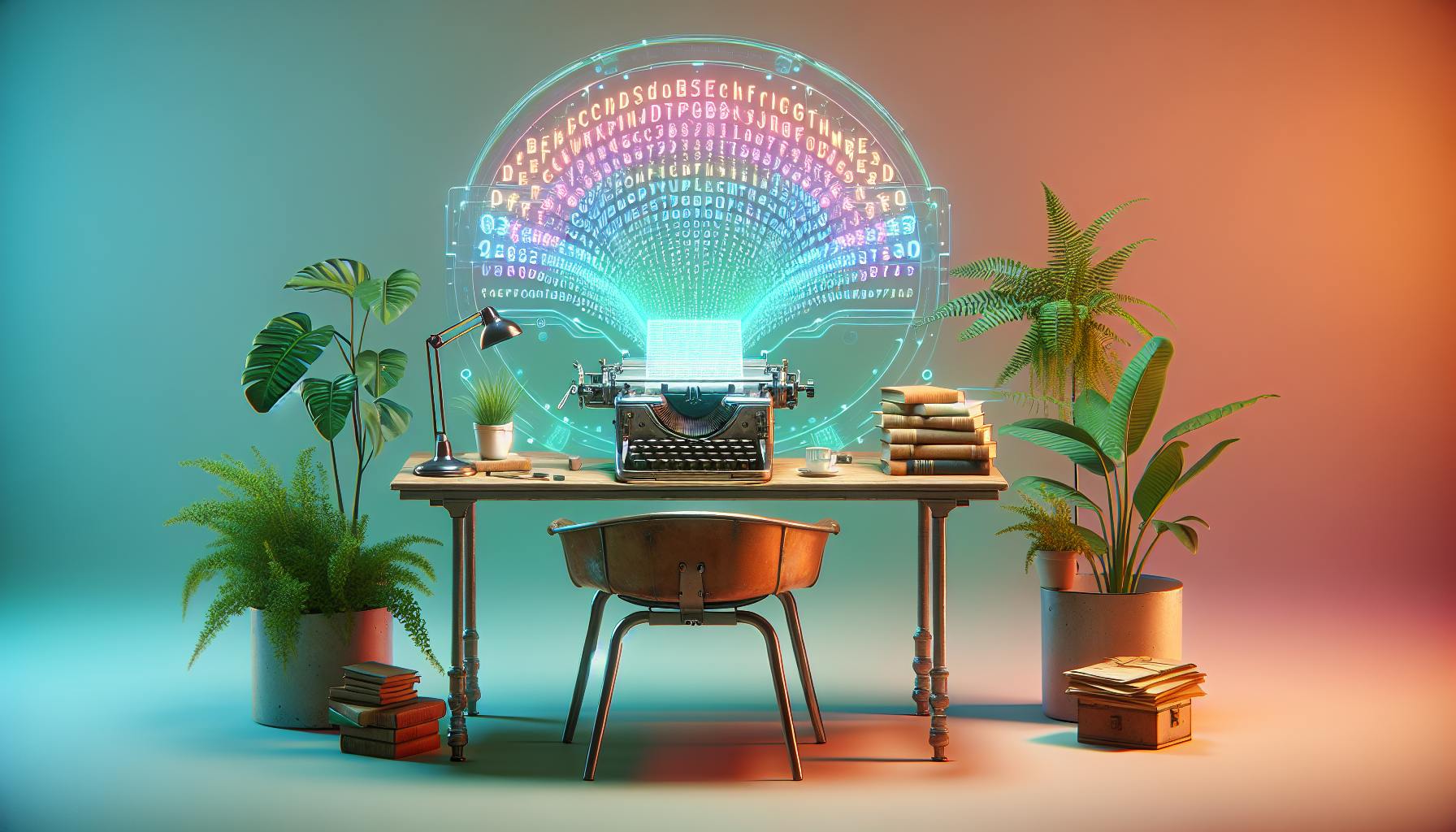Introduction: The Rise of GPT Models
GPT models like ChatGPT are pushing the boundaries of what AI can do with language. OpenAI's GPT-3 in 2020 ushered in a new era of large language models, showing their ability to generate amazingly human-like text.
ChatGPT, launched in November 2022 and built on GPT-3.5 architecture, demonstrates the exciting capabilities of conversational AI. GPTs can understand contexts, follow conversational flow, and generate coherent and nuanced responses. This represents a huge leap forward for AI's ability to communicate like humans.
Some key highlights of the progress GPT models represent:
-
GPTs can understand and generate human-like text with increasing sophistication. For example, ChatGPT can discuss complex topics like philosophy in depth or write fiction stories from prompts.
-
Chatbots like ChatGPT carry out extended conversations across diverse topics while maintaining context.
-
GPT models point to an exciting future where AI will be able to communicate seamlessly alongside humans in applications like virtual assistants.
The rise of GPTs signals we are entering a new phase of AI capability when it comes to mastering natural language.
How GPTs Work
GPTs use a transformer neural network architecture to process and generate text. They are trained on massive datasets to recognize the statistical patterns and relationships between words in human language.
This allows them to predict the most likely next word in a sequence based on all the previous words and context. Each new version of GPT contains more parameters and is more advanced than the last. Increased scale and computational power enable GPTs to excel at a variety of language tasks.
GPT-3
-
Released by OpenAI in 2020, containing 175 billion parameters.
-
Showed unprecedented fluency, coherence, and ability to generate human-like text like articles, poems, code, and more based on prompts.
-
Provides API access to power applications like search engines, chatbots, and content generators.
-
Serves as the foundation for ChatGPT and other newer GPT models.
ChatGPT
-
Launched by OpenAI in November 2022.
-
Built on GPT-3.5 architecture with enhanced dialog capabilities.
-
Specialized for dialogues, conversations, and common sense reasoning.
-
Responds to conversational prompts with remarkable fluency on topics ranging from science to movies to philosophy.
By fine-tuning and scaling up the foundation of GPT-3, ChatGPT represents a major advance in conversational AI.
ChatGPT's Capabilities
ChatGPT demonstrates impressive capabilities, including:
-
Answering questions on a wide range of topics like history, literature, and pop culture with nuance and accuracy rivaling human knowledge.
-
Carrying out extended conversations with coherence, responding appropriately based on context and previous chat history.
-
Writing essays, stories, code, and other content based on prompts with high quality and creativity. For example, it can write a poem in the style of Shakespeare or a short story about a sci-fi adventure.
-
Translating between languages like English, Spanish, and Chinese fluently while preserving meaning.
-
Summarizing complex concepts clearly and concisely, distilling key information.
-
Admitting mistakes gracefully and rejecting inappropriate or harmful requests.
Strengths
-
Fluency and coherence of conversational responses on par with humans.
-
Impressive knowledge about world events, concepts, and ability to explain topics like the French Revolution or string theory.
-
Writing high quality text in different styles based on prompts, from poems to screenplays.
-
Understanding context, conversational flow, and human intent over extended dialogues.
-
Providing examples to illustrate points and clarify explanations, like citing specific novels when discussing literary genres.
-
Creativity in generating unique content like stories, jokes, lyrics, and names based on creative prompts.
Limitations
-
Lacks up-to-date objective knowledge about very recent events in 2022-2023.
-
Prone to hallucination, generating false information or nonsense text if prompted in certain ways.
-
Limited capabilities beyond language tasks - cannot truly understand images, videos, or the real world.
-
Biased training data affects some responses, especially around race, gender, and stereotypes.
-
Unable to truly understand nuanced human situations and psychology.
-
Knowledge limited to what was available up to 2021, with gaps for niche topics.
While impressive, ChatGPT has clear limitations reflecting its status as an AI system still in development. Responsible use requires understanding these constraints.
Comparing GPTs With Other AI Models
While GPT models specialize in generating coherent text, other AI models have different strengths:
-
Models like BERT focus more on understanding language syntax and semantics.
-
Vision models like DALL-E analyze visual instead of textual data.
-
GPTs have a narrower focus on text fluency compared to general intelligence models.
BERT
-
Released by Google in 2018 for natural language understanding.
-
Based on transformer architecture like GPT.
-
Pretrained for tasks like search, translation, question answering where deep language understanding is critical.
-
Powers Google Search and other applications where extracting meaning from text matters more than text generation.
-
Complements text generation capabilities of models like GPT-3.
DALL-E
-
OpenAI model capable of generating realistic images from text prompts.
-
Demonstrates progress in multimodal AI systems that bridge vision and language.
-
Specialized for computer vision tasks like generating art, 3D modeling, and manipulating visual concepts.
-
Points to future models combining modalities like vision and language in applications like automated video creation.
-
Could someday generate movies, games, and VR environments from text prompts by bridging vision and language AI.
GPTs have specific strengths in language generation, while models like BERT and DALL-E show progress in understanding language and images.
The Future of GPTs and AI
It's an exciting time for the development of language models like GPT-3 and ChatGPT. Here's what the future may hold:
-
GPTs will keep improving with more data, parameters, and specialized tuning for different domains.
-
New models will be tailored for specific industries like medicine, law, and customer service.
-
AI will progress in integrating different modalities like language, vision, and robotics in singular models.
-
Chatbots will become sophisticated digital assistants able to handle a range of conversational tasks.
-
Further progress depends on solving limitations around bias, misinformation, and ensuring alignment with human values.
ChatGPT Improvements
We can expect improved versions of ChatGPT to have:
-
Updated knowledge of current events and popular culture up until today.
-
Improved ability for creative writing like screenplays, novels, and interactive fiction.
-
Specialized versions tuned for healthcare, education, programming, and other industries.
-
Integration of multimedia beyond text like images, videos, and structured data.
-
More robust verification of facts to reduce false information.
Responsible AI Development
To develop these technologies responsibly, we need to:
-
Address issues like bias through more diverse and ethical training data.
-
Provide transparency into limitations and prevent overstating capabilities.
-
Develop frameworks for safe and ethical use as capabilities grow more advanced.
-
Study social impacts with cross-disciplinary teams including philosophers, social scientists, policy experts and others.
-
Ensure benefits outweigh risks by aligning AI with human ethics and wisdom.
Conclusion: The AI Revolution is Just Beginning
GPT models represent incredible progress in AI capabilities for mastering natural language and communication. ChatGPT offers a glimpse into the future of conversational AI and practical applications.
While current models have clear limitations, they will continue rapidly improving through more data, compute power, and fine-tuning. The next decade will likely bring even more advanced GPTs, as well as multimodal AI systems combining language, vision, robotics, and more in groundbreaking ways.
This AI revolution is filled with amazing potential, but also many risks and challenges around ethics, bias, misuse, and societal impacts. Developing these technologies responsibly while ensuring they benefit humanity will be a crucial priority. But if done right, GPT and the future of AI could help tackle some of society's greatest challenges and unlock new solutions we can't yet imagine.


